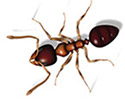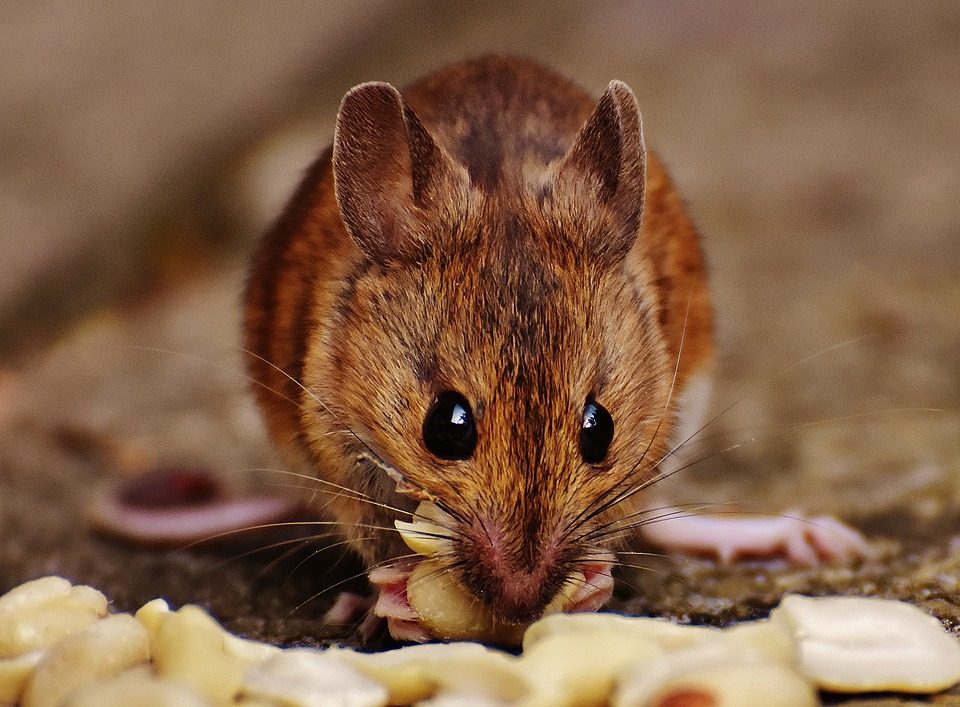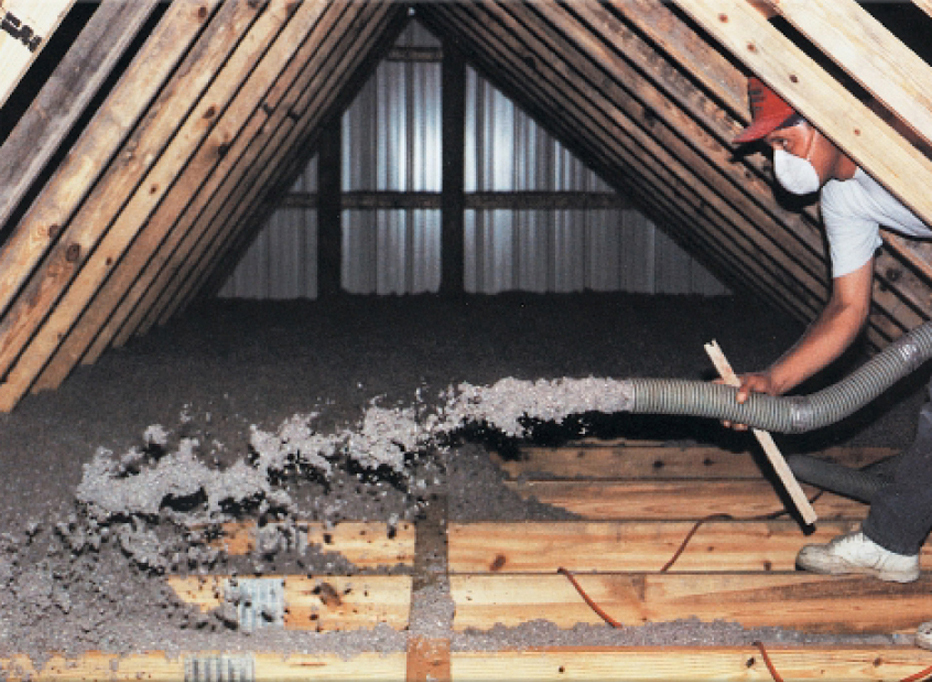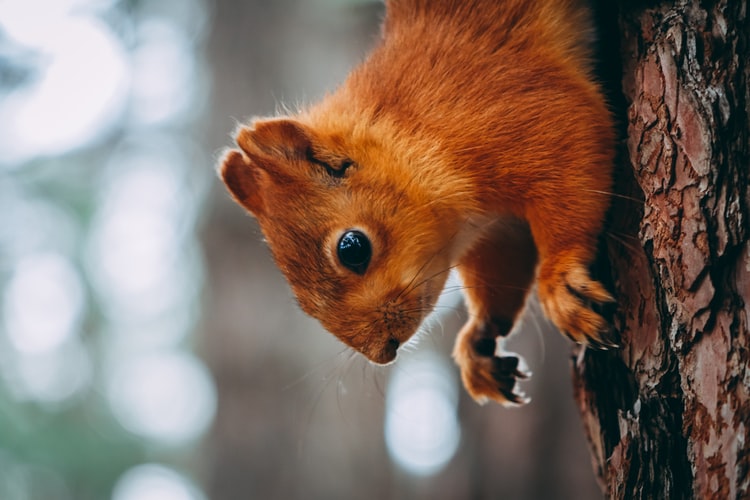

How to stop mice from getting indoors
July 15, 2018
5 Tips to Keep Your Restaurant Pest-Free This Season
September 3, 2018Household pests should not be a fact of life in your home if you know how to manage them with the right approach to pest control in Grovetown., Augusta, and the surrounding areas. Choose Advanced Services pest control to ensure proper management of common household pests in your home. Certain areas are especially prone to pests, but almost any household can be a target for an infestation of the following most common house pests:
· Bed bugs
Call Advanced Services pest control for management and removal of bed bugs when you first see signs of infestation. These troublesome pests are not only hard to find—they can also be very sneaky, hiding in the smallest crevices and leaving behind very hard-to-spot signs that often go unnoticed until the infestation becomes severe.
· Cockroaches
These six-legged pests can cause asthma and allergies, and have the potential to spread disease or contaminate food. They are attracted to many types of food waste, including grease and grease stains, and they are among the most stubborn household pests to get rid of without professional help.
· Termites
The presence of termites in your home can be extremely damaging to its structure. These silent destroyers can eat through your home’s walls and any other wooden elements. If you notice hollow wood or some paint bubbling or cracking, it might be time to call Advanced Services to avert further destruction.
· Ants
While a few ants may not be cause for alarm in the home, large colonies living in your yard can be extremely damaging to your property. Ants are particularly attracted to sugar and grease, so cleaning regularly and especially after meal prep is crucial to not attracting ants. In addition to cleaning up food, be sure to eliminate any excess water in kitchens and bathrooms, as ants will be searching for access to moisture and standing water.
· Rodents
Some of the most common household rodents include mice and rats, as well as squirrels and larger species that can cause damage to your property, contaminate your food, and spread diseases. Advanced Services Wildlife Exclusion will help to eliminate any rodents currently in your home, while also preventing them from returning by identifying their entry points and sealing them.
· Flies
There are thousands of fly species in North America alone. These winged pests can enter your home and transfer disease as they touch kitchen surfaces and food. Flies are often attracted to rotting food and garbage, so keep trash cans away from entry points.
· Mosquitoes
· Fleas
Your household pet can likewise be a source of pest infestation in the home. Fleas and ticks are very common in cats and dogs, making pet owners vulnerable to infestation. In addition to using Advanced Services for your pest control, make sure to use a flea and tick preventative from your vet.
· Spiders
Like ants, a few spiders here and there are not necessarily cause for alarm. However, some species are venomous and pose health risks to your household members. Spiders are often attracted to other bugs in your house that are their food source, so using a pest control company to control the other insects will help to cut down on the number of spiders entering your home.
· Silverfish
Another common household pest, silverfish can be distinguished by their shiny, silver appearance, although they are often too tiny to notice. Silverfish prefer dark, damp areas such as bathrooms or basements, and they have destructive feeding habits that can ruin important documents, books, wallpaper, and even clothing.






